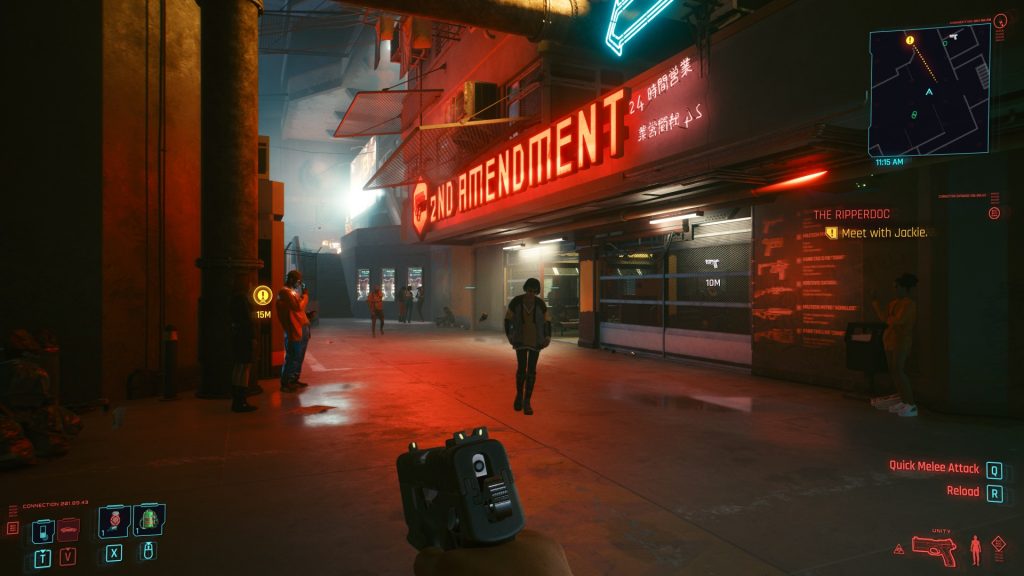Improvements and deteriorations…
The long-awaited big update 1.2 for Cyberpunk 2077, was released a few days ago. We always test this game comprehensively, using six different settings. And from the high attendance of these chapters, we know that you are interested in its post-apocalyptic theme. Testing the performance difference “before” and “after” the patch was therefore a nice duty that we enjoyed. Also because ray tracing is already available on Radeon.
Improvements and deteriorations…
In short, the new patch 1.2 for Cyberpunk 2077 does not bring significant performance changes. But that would be a very superficial conclusion. There are changes in performance. Small, but they are. And it is noteworthy that while the performance on GeForce has mostly increases, on Radeon it rather decreases. However, the differences are really negligible, and after trying both patches, you would hardly point to the one that makes the game run faster.
On GeForce, the difference is roughly 1% (usually increased), with DLSS without DXR the scenario is repeated, i.e. 0–2% increase and with FidelityFX CAS the increase is up to 3%. FHD with FFX CAS does not suit the RTX 3060 Ti that well and that’s the only case, where we measured a more significant, 4% decrease.
Radeon only got better in combination with FFX CAS, but only in FHD and QHD by 1–2%. The 2% difference in FHD represents a difference between 141.7 fps (before) and 144.8 fps (now). We did not notice any significant differences in the average fps anywhere, and as this is not an extremely difficult to test, we will not discard the results measured so far in further tests. However, for complete correctness and accuracy of the results, the date of testing should be taken into account when inspecting the graphs. You will find it for each card in the interactive window. That will pop up when you hover the cursor over the appropriate lane. Results before March 30 are with patch 1.12 (you can apply a percentage correction from this article to them) and latter with 1.2. Again and finally, it is good to add that the performance differences among the patches are really negligible, and when inspecting the graphs they almost make no sense to get involved from a practical point of view.

AMD graphics cards already support ray tracing, but you won’t enjoy it much yet. The performance is low in native, the RX 6700 XT performs 30% worse than the RTX 3060, the achieved fps in FullHD is around 22. You will naturally not achieve smooth operation even with the RX 6900 XT with twice the RT units that the RX 6700 XT has.
Native RTX in higher resolutions is not perfect even on the RTX 3090, and DLSS only helps there. Radeon does not support this, and a partial alternative FidelityFX CAS will not cope with DXR on AMD cards, literally. After a few frames, the image freezes, then jumps to a black screen, followed by the game crashing to desktop. This behavior occurs with WHQL 21.3.1 as well as with non-WHQL 21.3.2. Owners of the RX 6×00 (XT) interested in smoother ray-tracing graphics in Cyberpunk 2077 have no choice but to believe that such a combination (DXR + FFX CAS) is technically possible and will be solved by some of the hotfixes.
- Contents
- A new Cyberpunk 2077 patch is here
- Test rig
- Cyberpunk 2077 without visual “gimmicks”
- Cyberpunk 2077 with DLSS and FidelityFX CAS
- Cyberpunk 2077 with DXR, DLSS and FidelityFX CAS
- Improvements and deteriorations…








